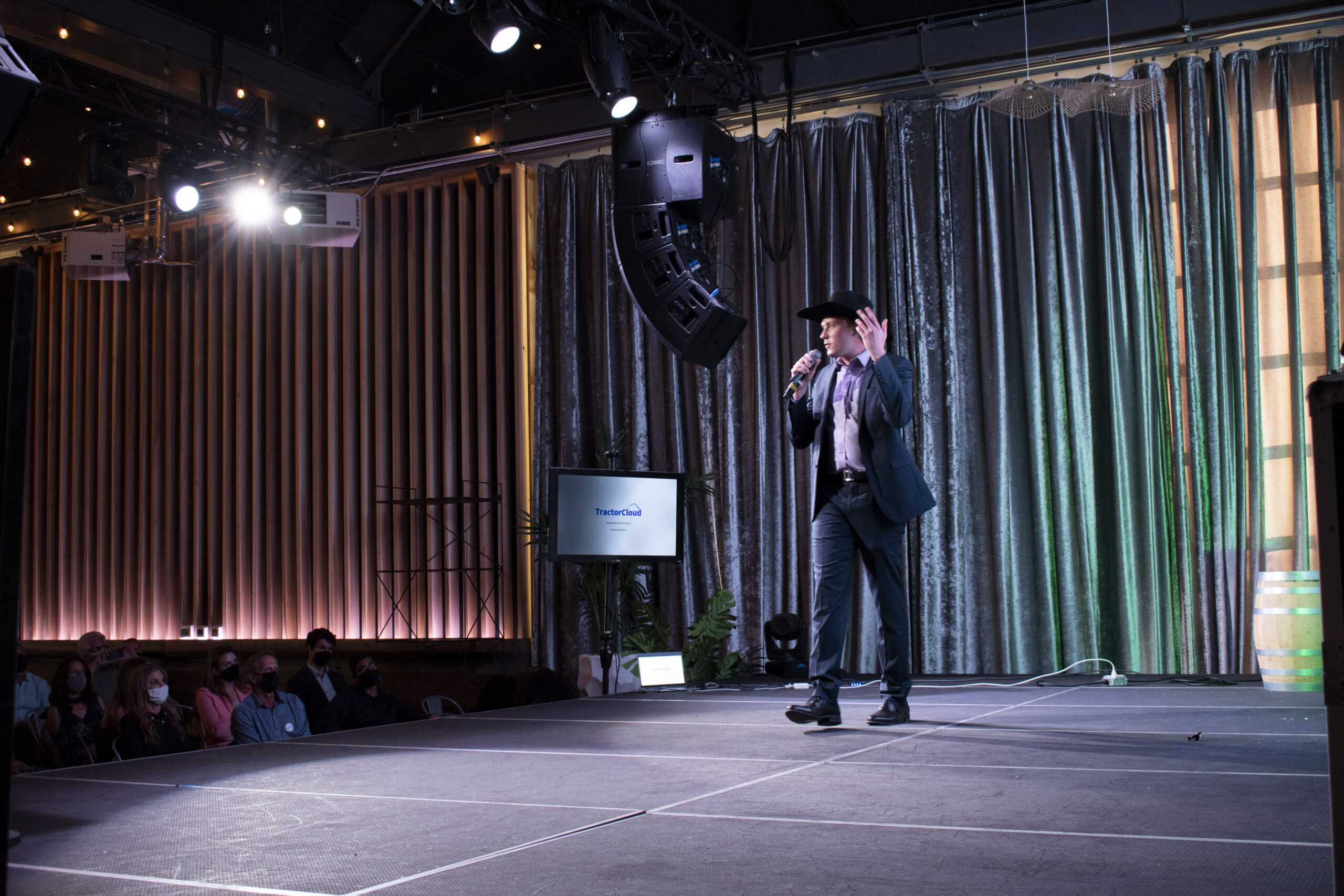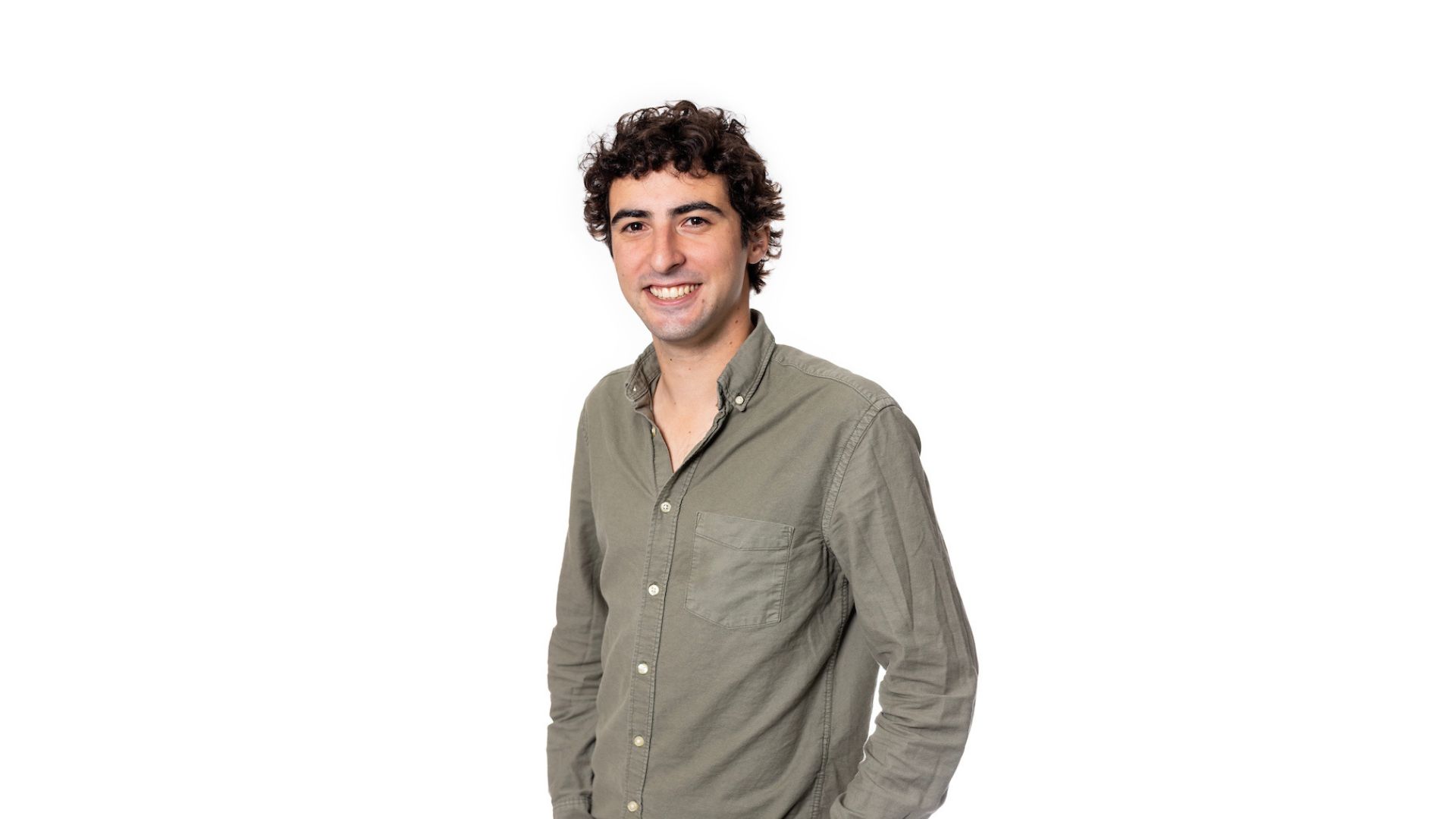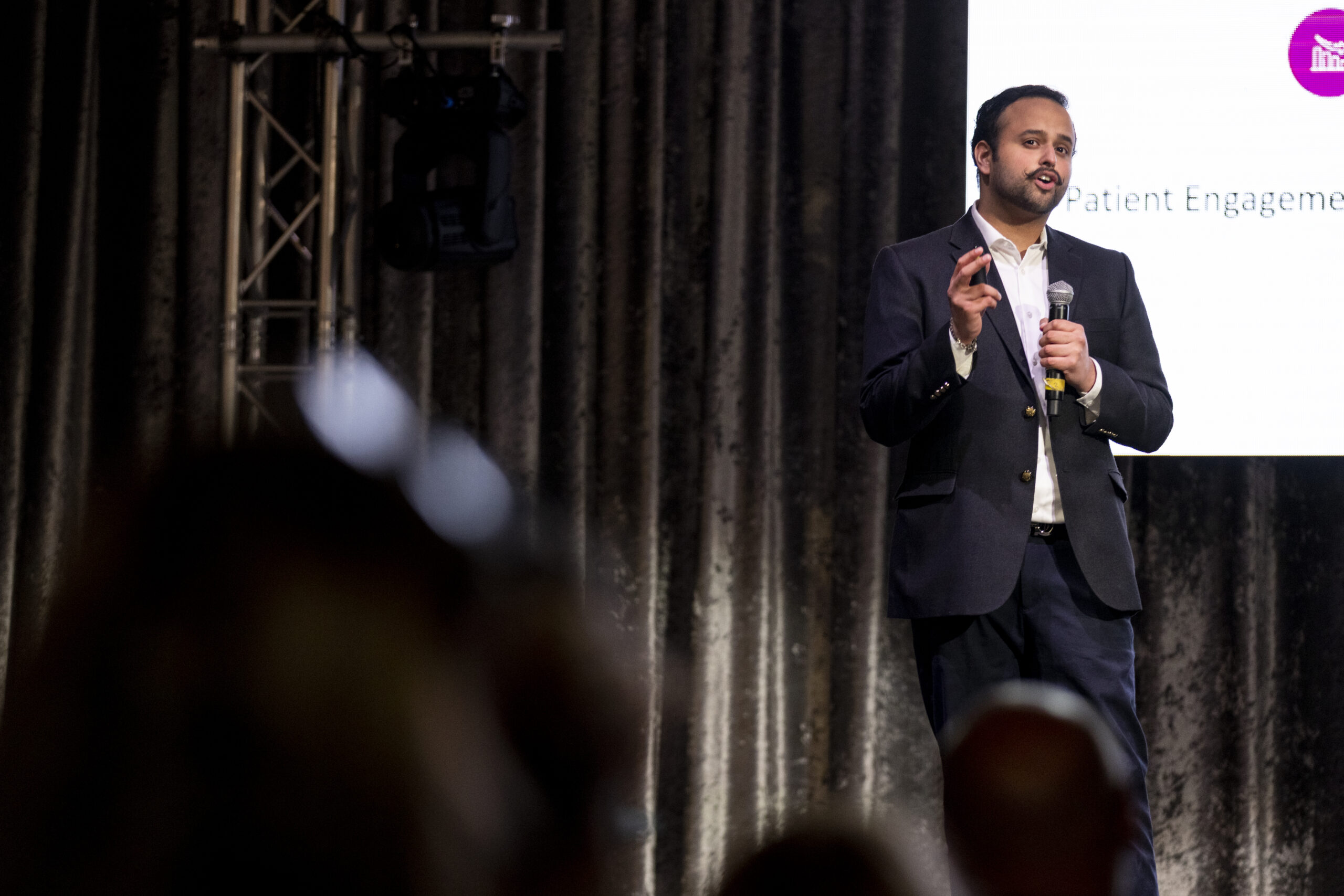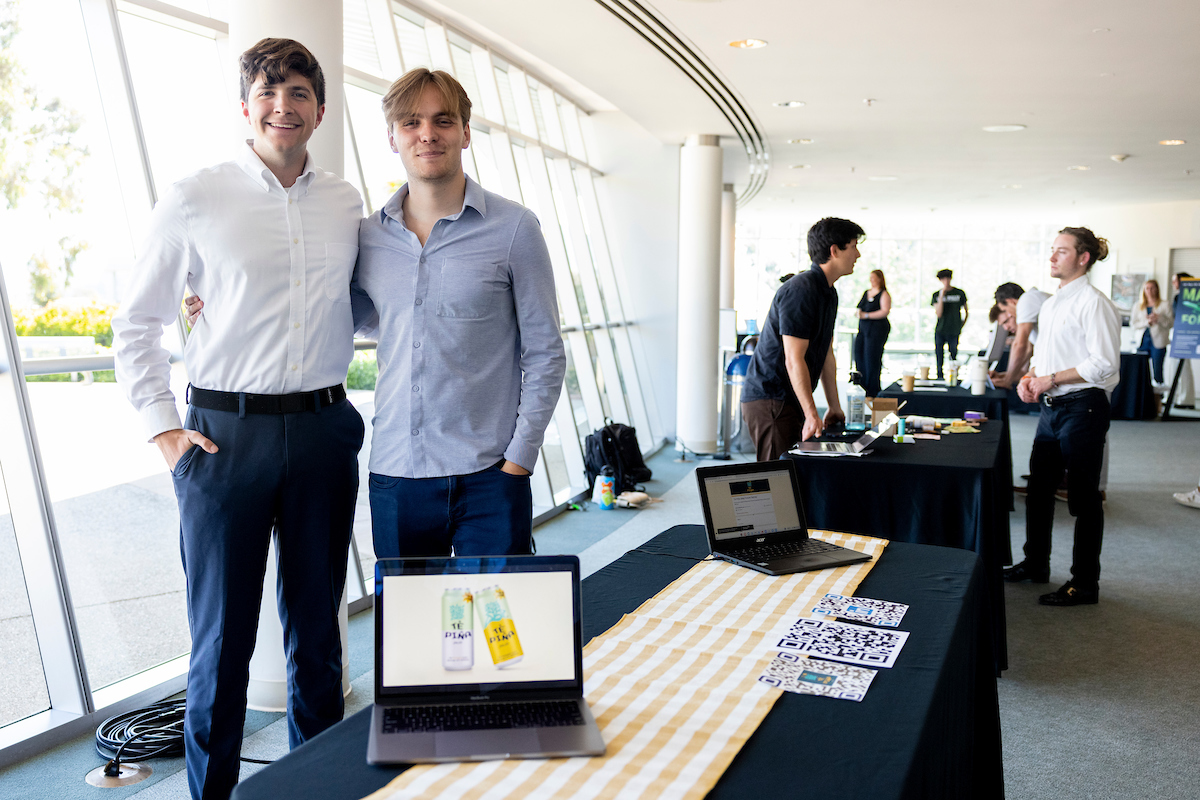Tractor Cloud: Powering Productivity with a High-Tech Twist for Farming Efficiency

CEO and founder of TractorCloud, Morgan Swanson, is plowing through conventional agricultural practices to cultivate a new era of efficiency with a tech savvy twist where crops meet code.
TractorCloud is developing a software, equipped with complementing hardware, which aims to provide farmers the ability to detect and predict maintenance needs to increase farming efficiency, Swanson said. The startup is creating a fitness app for tractors, allowing farmers to collect data on their tractors to ensure they are running effectively.
“I’m the type of person that if I see something in the world that I don’t think is right, I’ll generally do something about it,” Swanson said. “When I heard that farmers were having difficulty accessing the computers on the tractors they had purchased, that didn’t feel right to me. So I started trying to get access to those computers on the tractors that were at Cal Poly while I was a student there [and continued my journey to improve agricultural technology since].”
To make his vision into a successful business, the startup is participating in the Cal Poly Center for Innovation and Entrepreneurship’s (CIE) Incubator program, and he has long been familiar with the CIE. TractorCloud has been involved with the CIE and Cal Poly CIE Small Business Development Center (SBDC) since 2021 when TractorCloud joined the CIE Summer Accelerator program and became an SBDC client. Swanson said joining the Incubator after completing the Summer Accelerator did not feel like a decision; instead it felt more like a natural sequence.
The Summer Accelerator acts as a prerequisite to the Incubator Program, Swanson explained. Specifically, Swanson said the Summer Accelerator provides entrepreneurs a strong foundation on how to start and grow a business, which translates into knowledge on how to use the plethora of resources provided to them in the Incubator Program.
“When you’re in the Summer Accelerator you’re like a little kid running around and you don’t really know what things are, but by the end of the Accelerator you start to understand the way this world works,” Swanson said. “In the Incubator program you’re not going to have people telling you what to do. You’re ready to use their [CIE’s] resources and figure out how that’s going to fit in your journey. [To do that] you have to be comfortable with your identity as a company, and the Accelerator can help you develop that.”
One of the beneficial resources provided to startups throughout the program are the weekly meetings with lead consultants, each with varying areas of expertises, assigned to every startup to help guide and resolve issues and needs they are facing that week, Swanson said.
“I was really grateful that they [the consultants] were there when I was stuck on something. Having that person checking in with you is like something to keep you on track every week,” Swanson said. “All the mentors I’ve talked to have their own perspective they can help you with. I had a mentor named Ulrika Lidstrom, and she was awesome. Then when I didn’t feel like that was what I needed, I was able to transition to a different lead mentor. The Incubator is like insurance – something you can fall back on when you get stuck.”
Beyond supplying resources to help kickstart and propel startups into the market with networking opportunities, consultants and a physical work space, the Incubator program provides a community among entrepreneurs, Swanson said.
“If you’re struggling with finding people that are gonna give you emotional support and engagement with your company,” Swanson said, “you will find that the Incubator is a place where just by you being an entrepreneur is enough for you to get care and respect from the people that are involved.”








